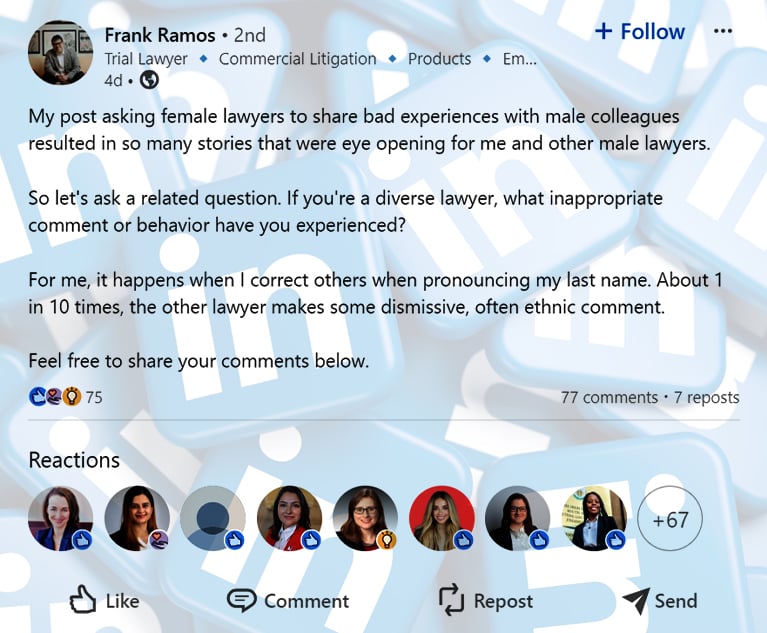I am not sure that employers fully grasp the nature of the decision to provide paid maternity leave. I have spoken with many friends who have taken this factor into account when deciding where to seek employment. I have conducted mock interviews with colleagues, who in trepidation are preparing to approach a managing partner about negotiating maternity leave into their employment contract. There are attorneys who are planning their child rearing around when they might make partner, and whether or not the decision to have a child will hold them back from that goal. Other peers wish to make a lateral move and are willing to take salary decreases in exchange for maternity leave benefits and work-from-home accommodations.
I experienced firsthand the difficulties of being both a new mother and a trial attorney. I was first faced with the challenge of feeding my child while aggressively trying a case. My first five-day jury trial was four weeks after I returned from maternity leave. I wrote an article for the Daily Business Review titled “A New Mother’s Guide to Pumping During a Jury Trial,” which was later picked up by the Florida Bar, the American Bar Association, and Above the Law. The article is a practical guide to the procedure, motion practice and jury instructions required for pumping during a jury trial. I drafted a form motion for trial accommodations, jury instructions to excuse attorneys from the courtroom during trial, and amendments to the order of witnesses. I then co-authored an article for the Paraclete, titled “Lactation Rooms: The Personal and Professional Pursuit of Equality for Women in the Legal Profession.” The article included my personal testimony and experience as a new mother and attorney without access to a lactation room. This resulted in some news coverage, and even a courthouse ribbon cutting.
- Somehow, despite the number of women currently enrolled in U.S. law schools, I often find myself as the only female attorney in the courtroom during trial calendar call.


 Jennifer Feld, Kubicki Draper, Tampa
Jennifer Feld, Kubicki Draper, Tampa




